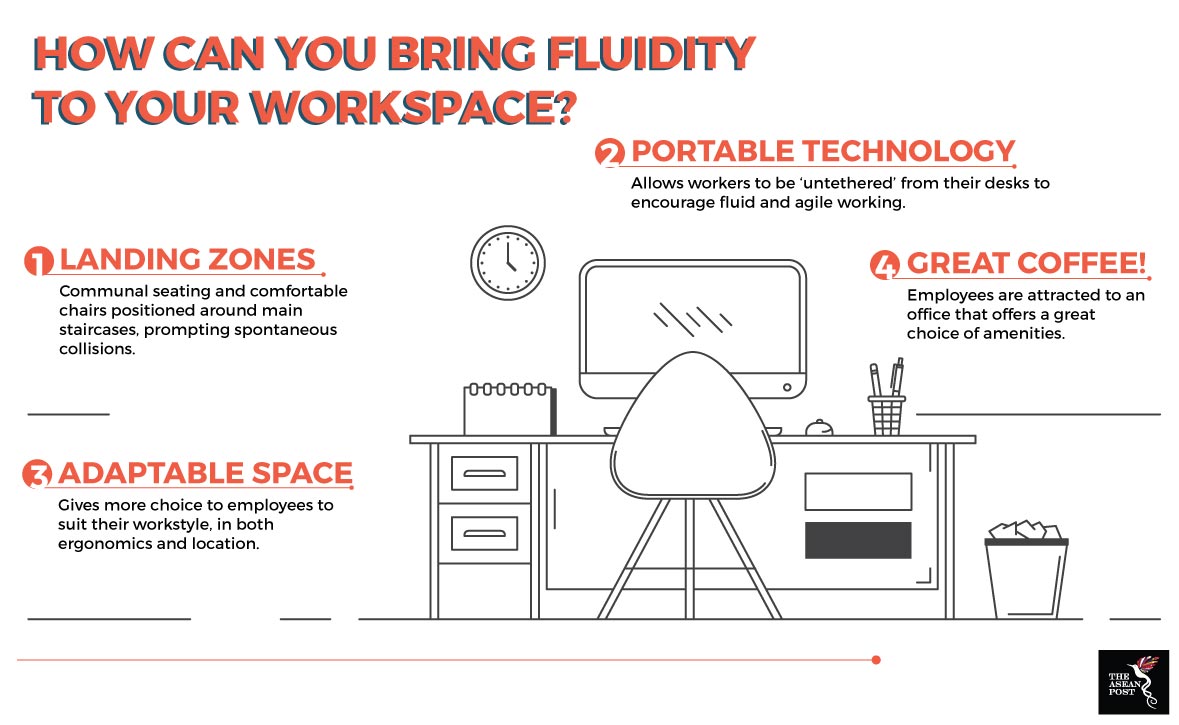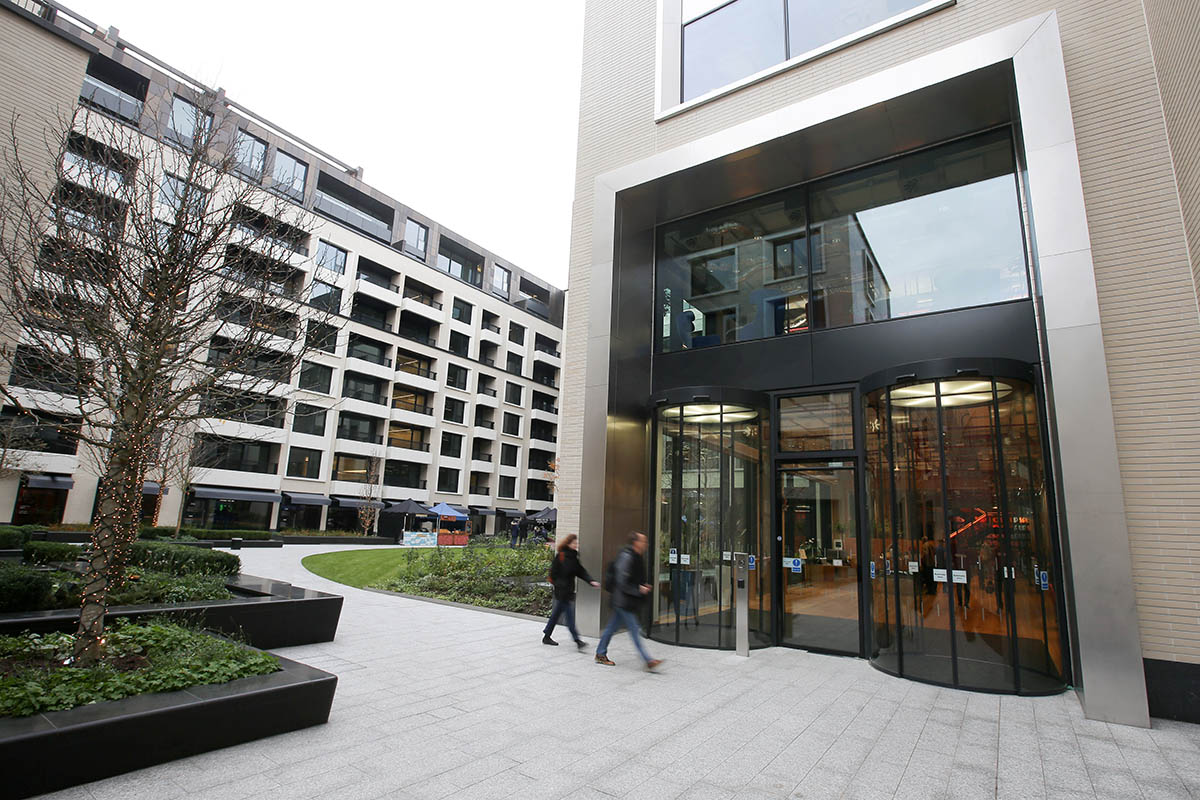The term “hybrid space” refers to a work environment which combines employee and business needs in order to create a positive experience for both, employees and clients, according to workspace solutions provider Condeco in its Workplace Trends 2018 report. Here it means a shift from the traditional static office to a more agile model, in line with workplace changes driven by the Fourth Industrial Revolution.
This digital revolution traces its roots to the last century, with World Economic Forum Geneva founder and executive chairman, Klaus Schwab defining it as a fusion of technologies that blurs the lines between the physical, digital, and biological spheres.
It follows on the First Industrial Revolution, which used water and steam to mechanise production, as well as the Second Industrial Revolution, which shifted the paradigm to electric power. More recently, the Third Industrial Revolution saw the rise of electronics and information technology, which the current digital revolution takes as a base to synergise existing, related technologies.
With the advent of the Fourth Industrial Revolution, the millennial generation – commonly defined as the cohort born between 1983 and 2000 – is shaping and adapting the workplace while emphasising connectivity, well-being and community, leading to the rise of the hybrid workspace.
Rise of the hybrid workspace
The traditional structured workplace where employees toil from 9am to 6pm every weekday while sitting in segregated cubicles is no longer sufficient to address the drastic changes precipitated by the Fourth Industrial Revolution.
The digital revolution revolves around artificial intelligence (AI), advanced telecommunications and the experience of belonging in a workplace. These trends have catalysed a shift towards more flexible work patterns around the world.
Condeco’s Modern Workplace 2018: People, Places & Technology survey polled 500 business leaders across six countries, namely the United Kingdom, United States of America (US), France, Germany, Australia and Singapore, with a focus on exploring prevailing workplace trends. It was supplemented by in-depth qualitative interviews with senior executives in the six chosen countries.
As the only ASEAN country addressed in the Condeco report, only three percent of companies in Singapore do not offer flexible work practices, compared with the global average of seven percent.
To millennials, the lines between work, socialisation and recreation have become increasingly blurred, as many spend at least eight to 10 hours in the workplace. This has contributed to the emergence of a hybrid workspace which allows for the integration of other aspects of daily life.

Sources: Various sources
Hybrid workspaces and the Fourth Industrial Revolution
A hybrid workspace does not focus solely on productivity, but takes into consideration elements of well-being as well, as noted throughout the 2018 Condeco report. Other emerging trends include a rise in workplace mobility, agility and a feeling of membership or community.
These trends are in line with the thrust of the Fourth Industrial Revolution, with its emphasis on digitalisation through advanced telecommunications technologies such as the Internet of Things (IoT), AI, and virtual reality (VR). People are now connected at a global level through the convenience of the Internet, driving companies to expand their businesses across borders.
Exact implementations of the hybrid workplace may vary from company to company, as disparate fields and industries have differing requirement profiles to address. However, flexible working hours, advanced telecommunications technologies and communal seating in shared spaces are emerging as common themes in such workplaces.
The same survey also found that 54 percent of its Singaporean respondents see an increase in video conference usage in the workplace, comparatively higher than US equivalents (47 percent) and almost double the figure for countries such as Australia (28 percent).
Condeco product strategy and design director, Peter Otto explained that modern companies cultivate productivity and effectiveness by dedicating spaces to aid their teams in terms of communications and advanced technology.
The underlying belief is that by making employees feel at home, productivity will increase due to a perceived lessening in work pressures. By seamlessly fusing the home and workplace, employees are free to enjoy life while working, and vice versa. In addition, this type of hybrid workplace synergises well with the collaborative environments often found in start-ups as well as companies with e-commerce and advertising components.
Making this huge leap may seem difficult in ASEAN at the moment, but the Fourth Industrial Revolution is fast becoming a fact of life in the region. Sooner or later, each member nation will have to improvise and embrace the idea of the hybrid workplace as it evolves. This is best seen in Singapore, the Silicon Valley of Asia, as it showcases the shift from conventional to hybrid workplaces.
